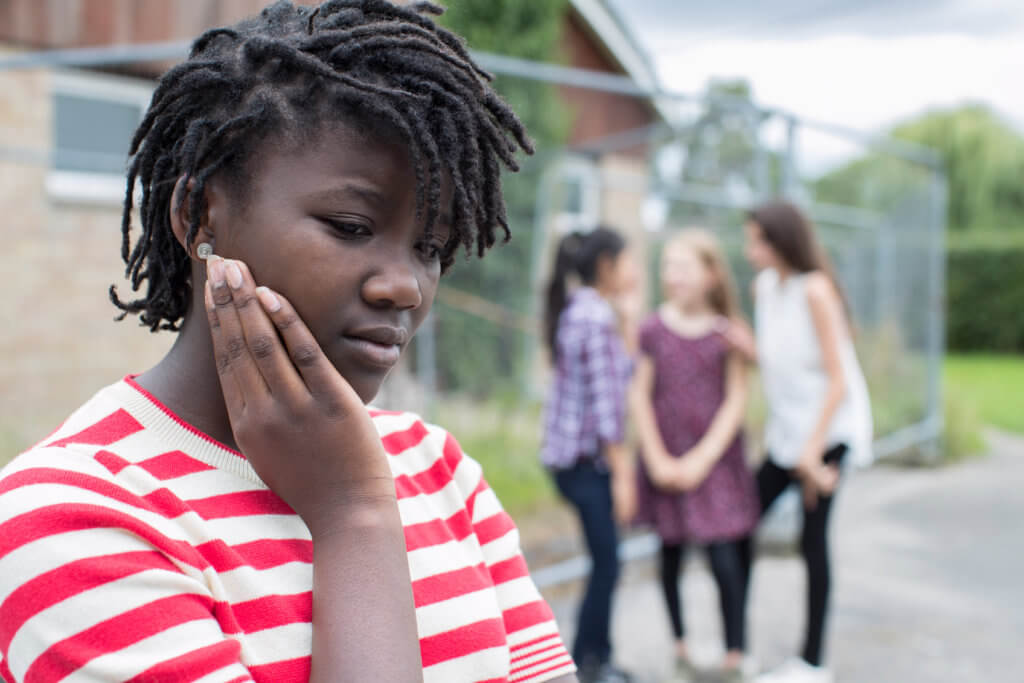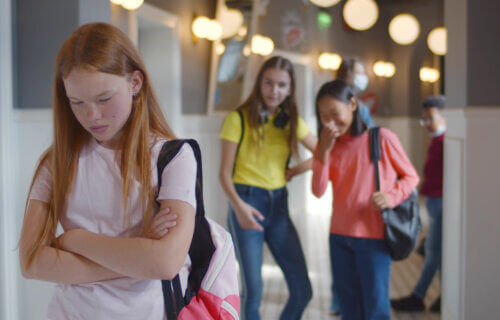BOCA RATON, Fla. — For as long as there have been schools, there have been “popular” students. It’s a tale as old as time; the pretty girls get all the attention and the jocks (star athletes) sit at the popular table. Interestingly, despite the U.S. educational system undergoing numerous changes since the 1960s, researchers from Florida Atlantic University have discovered that one fact of school life apparently remains the same — life is harder for middle school students who are not attractive or not athletic.
Researchers say this first-of-its-kind study is helping shed light on why adolescents who lack traits valued by their peers face difficulties at school. The findings reveal that “less attractive” youth and less athletic students tend to become increasingly unpopular over the course of a school year, leading to increases in both loneliness and alcohol misuse. Researchers say, to put it bluntly, young peer groups punish those who do not have highly valued traits like being good-looking or naturally athletic.
This project puts to rest the various stereotypes about gender differences in traits important for success with peers, researchers say. For example, for decades it was assumed that not being athletic was more of a social problem for boys, while attractiveness was particularly problematic for girls. These results, however, reveal a transformation of sorts regarding adolescent social culture in which the social penalties attached to being low in attractiveness or low in athleticism are no longer gender specific. Neither boys nor girls differed in the extent to which unpopularity and adjustment problems stemmed from low attractiveness and low athleticism. Generally speaking, as a child’s unpopularity grows, so do their problems.
“Children who lack the traits valued by their peers suffer from a host of adjustment difficulties, many of which stem from their deteriorating stature in the group,” says Brett Laursen, Ph.D., the study’s senior author and a professor of psychology in FAU’s Charles E. Schmidt College of Science, in a university release. “Children who are not attractive and children who are not athletic become increasingly unpopular. Growing marginalization, in turn, precipitates loneliness and alcohol misuse. Growing unpopularity is the key to understanding why the unattractive and the unathletic develop behavior problems. Of those who began drinking to intoxication during the course of the school year, almost two-thirds were above average in unpopularity.”

The dangers attached to stigmatized traits were quite comparable among both boys and girls.
“Children who are not attractive and children who are not athletic become increasingly unpopular over time, suggesting that they must endure the indignities of powerlessness to remain attached to the peer group, a position that eventually takes a toll on individual well-being,” explains Mary Page James, first author and a Ph.D. student in FAU’s Department of Psychology. “Being unattractive harms the popularity of boys as much as it does that of girls, and being unathletic is an important contributor to low popularity among girls, just as it is among boys. Despite widespread public messages about body acceptance, the adolescent social world is often still quite unforgiving.”
This project included 580 middle school students ranging in age from 10 to 13. The children had name classmates who best fit the following descriptors: athletic (“good at sports”), attractive (“really good looking”), and unpopular (“unpopular”). Participants also described how often they themselves felt lonely, and how often they drank alcohol to the point of intoxication during the past month.
The research team adds that replication was a particular strength of this study. The same pattern of associations emerged across a diverse sample of youths from a large Florida metropolitan area and a homogeneous sample of youngsters from a small community in Lithuania.
Study authors offer up a few strategies to help children who lack these peer-valued traits:
- For teachers, consider altering typical classroom norms. While it may be difficult to devalue physical appearance or athletic prowess given their prevalence in popular culture, it may still be possible to boost tolerance for those who are different or to emphasize the merits of other traits. A positive classroom climate can also go a long way toward buffering against loneliness for at-risk youth.
- Finally, parents should provide opportunities for children to establish and maintain close friendships with well-adjusted peers; friends can mitigate loneliness.
The study is published in the Journal of Youth and Adolescence.
You might also be interested in:
- Playground Politics: Fun Children More Popular & Better Liked, Study Finds
- What is digital self-harm? Kids who bully THEMSELVES online more likely to attempt suicide
- Study: Children as young as eight can develop a negative body image


Explains the sudden explosion of gender fluid claims in school. Kids suddenly go from nobody to somebody.